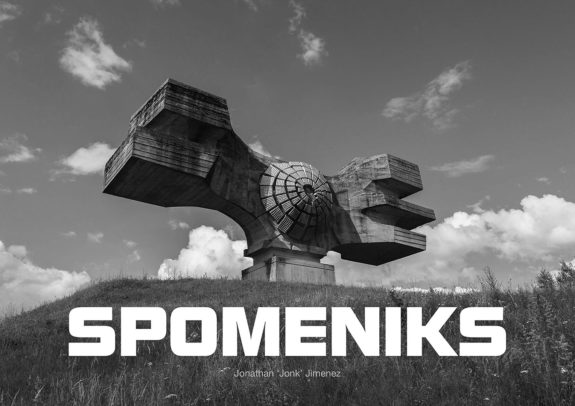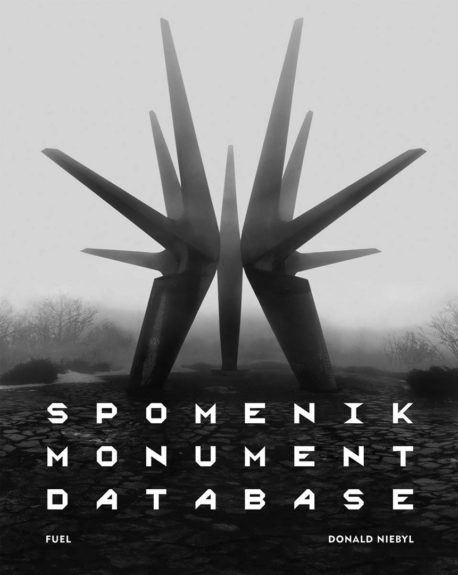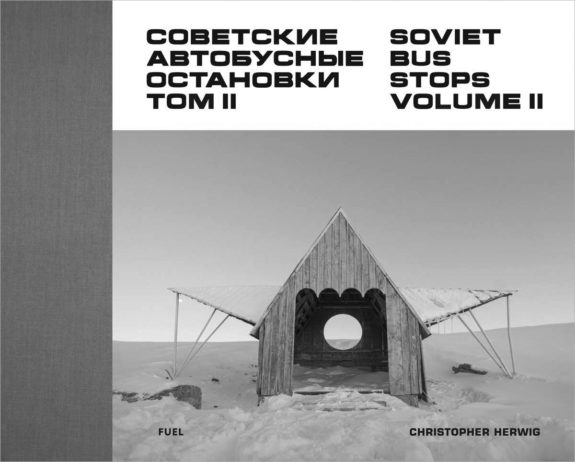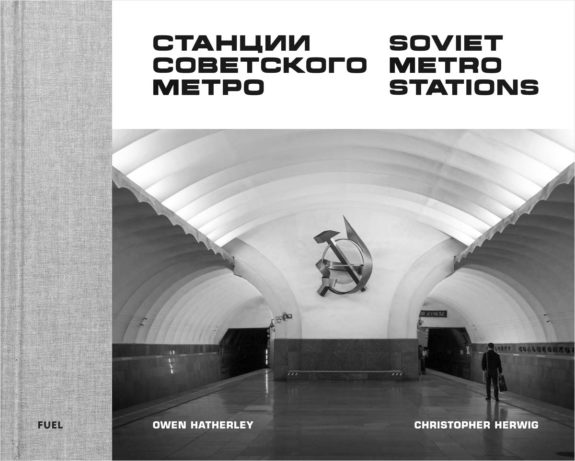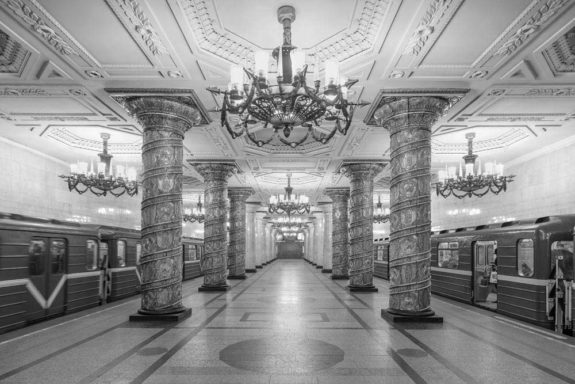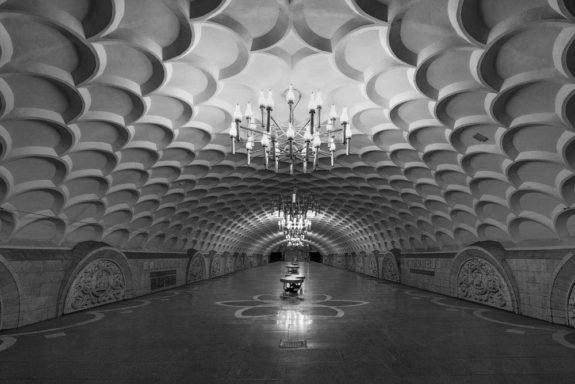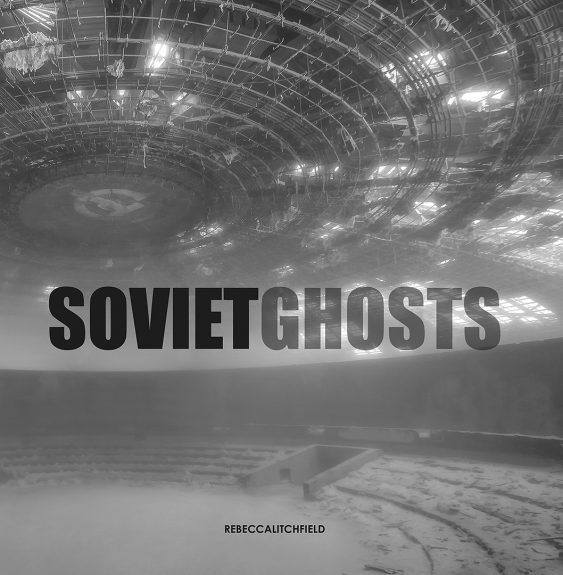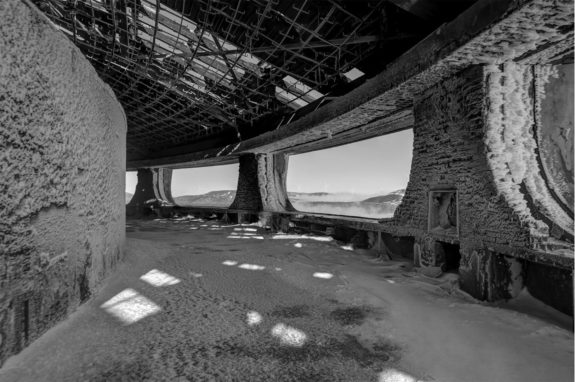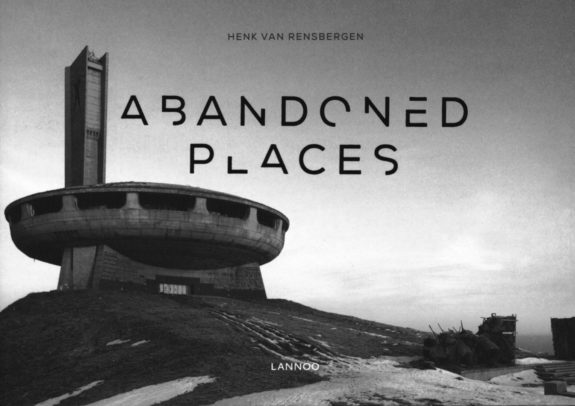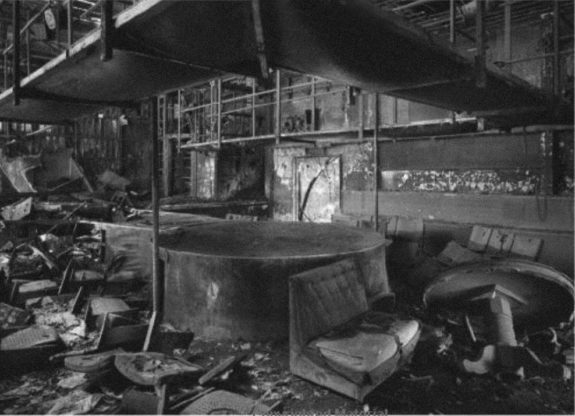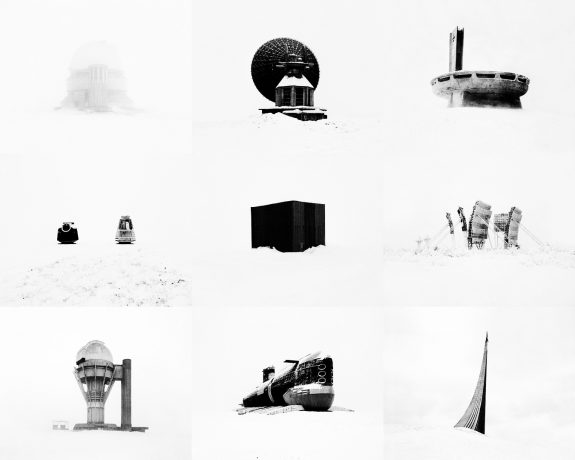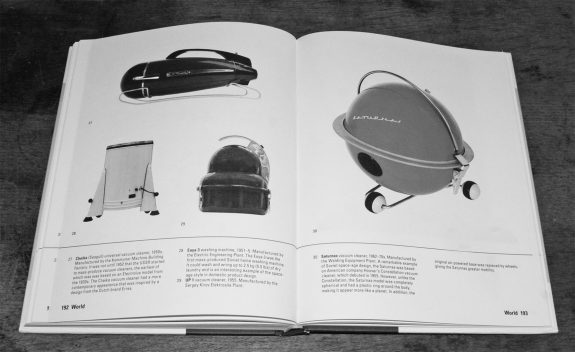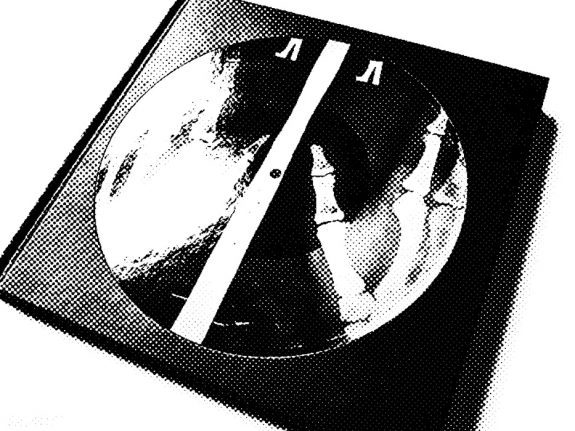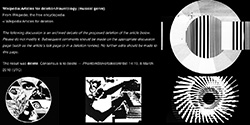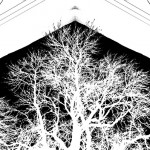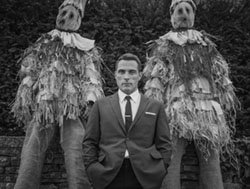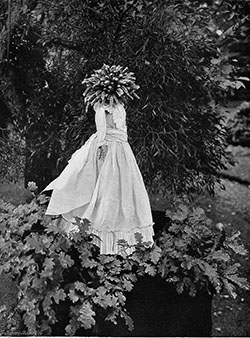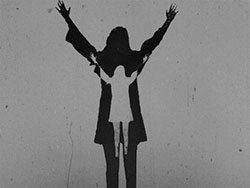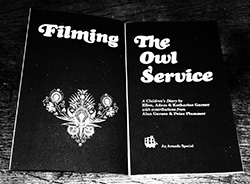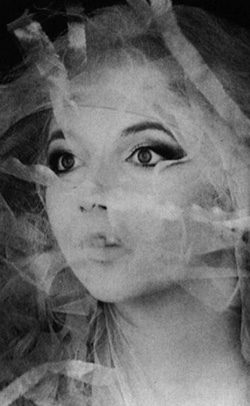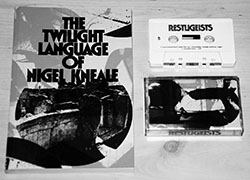In A Year In The Country: Wandering Through Spectral Fields I wrote about a number of books and photography projects which “could be seen to document a form of former Soviet Union hauntology [and which often] focuses on monuments and remnants of Cold War era striving, dreams and far-reaching projects.”
The chapter was titled A Bear’s Ghosts: Soviet Dreams and Lost Futures and I also write in the book that:
“‘A bear’s ghosts’ is a phrase which draws from the bear as a symbol of Russia and also possibly from the song The Bear Ghost by folk music reinterprators and explorers The Owl Service, written by Dominic Cooper and Steven Collins of the band, which entwines a spirit that is both uplifting and achingly melancholic.”
Since I wrote that chapter there have been a number of other books published which explore that sense of lost Soviet worlds and they have become almost something of a mini-genre area of photography. With that in mind I thought I would gather together some of the books and a few other related publications which explore similar areas.
There have been several photography books published which document the Spomenik monuments built in Yugoslavia from the 1960s to 1990s to mark the occupation of the country during World War II and the subsequent defeat of the Axis Forces; Spomenik is a Serbo-Croat / Slovenian word for the monuments.
Above are the covers for Jonathan Jimenez’s Spomeniks, Donald Niebyl’s Spomenik Monument Database and Jan Kempenaers’ Spomenik, the last of which was one of the first “bear’s ghosts” books that I saw.
Interestingly the design of the monuments drew from the West, in particular abstract expressionism, minimalism and Brutalist Architecture rather than looking to the Soviet Union with which it was ideologically aligned; the monuments served more than one purpose in that they also allowed Yugoslavia to develop its own distinct identity and also became a form of political tool to articulate what is described in text which accompanies Jimenez’s book as Yugoslav President Tito’s “personal vision of a new tomorrow”.
The monuments are striking, almost otherworldly designs and viewed today they look as though they are from some other science fiction-esque parallel world version of a future that never was.
Above is Christopher Herwig’s Soviet Bus Stops, which is the first of a series of books which he has worked on that document Soviet design and architecture.
He travelled over 30,000km by car, bike, bus and taxi across 13 former Soviet countries to take the photographs in the book and he followed this up with Soviet Bus Stops Volume II, for which he travelled 15,000km across Russia and he then went on to work on Soviet Metro Stations.
The bus stops in the two Soviet Bus Stops books are intriguing in part because of how they used utilitarian structures as a canvas for creative expression. There is a staggering diversity to the designs and in the second volume they include minimal Brutalist-like and/or Constructivist designs alongside “bus stops shaped as trains, birds, light bulbs, rockets, castles [and] a bus stop incorporating a statue of St George slaying the dragon”.
The designs of the underground railway stations in Soviet Metro Stations are often quite astonishingly opulent and are far removed from the more utilitarian Brutalist-like and Constructivist design that tends to be associated with the Soviet era:
‘[They] were used as a propaganda artwork a fusion of sculpture, architecture and art, combining Byzantine, medieval, baroque and Constructivist ideas and infusing them with the notion that Communism would mean a communal luxury for all. Today these… spaces remain the closest realisation of a Soviet utopia.” (Quoted from text which accompanies Soviet Metro Stations.)
The resulting designs are like a fever dream version of that utopia, a sort of aristocratic extravagance or even folly vision of a luxurious utopian proletariat future.
Above is Rebecca Litchfield’s Soviet Ghosts and an image from the book. This was one of the other first “bear’s ghosts” books that I saw and rather than the more narrowly focused subjects of Christopher Herwig’s Soviet books and the above Spomenik books it takes a wider view of abandoned places and their connection to the Soviet era and empire:
“In the book’s cover image an abandoned and derelict circular stadium has been photographed, capturing the enormous scale and futurist grandeur of this structure. The sense of dereliction is heightened by the grey, washed out haze that the photograph presents the stadium in. This is given counterpoint, poignancy and a certain faded, stalwart sense of the empire it formed a part of and its once power and iconography by the Soviet hammer and sickle flag design at the centre of its ceiling; in the haze filled photograph of this derelict structure the red and yellow of this symbol understatedly seems to pierce the mists of a faded history. To the Western eye… it conjures more a vision of a Flash Gordon-esque empire and future than something grounded in the reality of a still relatively recent earthbound political, economic and societal system.” (Quoted from A Year In The Country: Wandering Through Spectral Fields.)
While not wishing to diminish or put aside the real world realities and sometimes problems of these regimes and those who lived in them, the lost futures and futurist aspects of much of the design in these Soviet era orientated photography books makes the Soviet project seem almost like a huge grandiose art project.
Henk van Rensbergen is a renowned urban explorer photographer who has worked on several books of his photographs of abandoned places. His Abandoned Places: Abkhazia Edition narrows their focus to a region which borders Georgia and Russia and intertwines images of abandoned Soviet era structures and a more general sense of urban exploration / urbex photography as is seen in the images above and below.
Below is a gathering of images from other Soviet era and “bear’s ghost” related books, which I have written about at A Year In The Country before.
Above are a selection of images from Danila Tkachenko’s Restricted Areas book, which focuses on abandoned hardware, secret cities and installations from the Soviet Union during the Cold War period. Much of this wanders off into science fiction-esque areas and includes experimental laser systems, antenna built for interplanetary connection with bases on other planets which were planned to be built, a city where rocket engines were produced which was closed to outsiders until 1992, the world’s largest diesel submarine becalmed and landlocked, an amphibious vertical take-off aeroplane of which only two were built and discarded space rocket capsules.
Designed in the USSR: 1950-1989 collects together graphics and products from everyday Soviet life and some of the products featured, such as the vacuum cleaners above, have a notable space age retro futurist aspect to them.
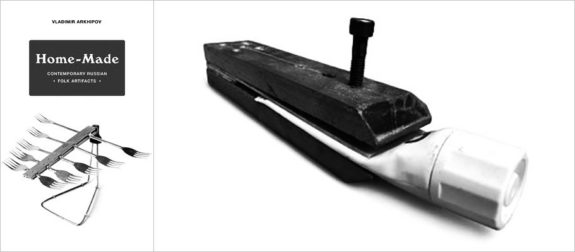
Above is the cover and an image from Home Made: Contemporary Russian Folk Artifacts. This features unique artifacts collected by Vladmir Arkhipov which were made by Russian’s due to the lack of easy access to manufactured goods during the collapse of the Soviet Union. The resulting ingeniously and resourcefully created items, whether toys and ornaments or the more practical orientated television aerial and tube squeezer, often had a folk or outsider art-like quality to them.
The book is published by Fuel, who also published Christopher Herwig’s Soviet books and Spomenik Monument Database. Their past and present catalogue includes a number of books which focus on accidental or utilitarian art and they have also published Jonny Trunk’s Library Music, Wrappers Delight and Own Label, which respectively focus on production or library music, previous decade’s sweet wrappers, tickets etc and a supermarket design studio’s work in the ’60s and ’70s.
As in Home Made, Stephen Coates and Paul Heartfield’s X-Ray Audio also features resourcefully repurposed items from the Soviet era. The book features photographs of Soviet era flexi-disc records made from X-Ray plates and is part of a wider project which includes films, live events, exhibitions, a documentary etc focused on these discs.
The flexi-discs could be played like a normal vinyl record and often had partial images of skeletons. They were also often used to record and distribute forbidden Western music and this underground media format is something of a unique example of both bootleg technology and the resourcefulness of their makers.
Links:
- Jonathan Jiminez’s Someniks
- Jan Kempenaers’ Spomenik
- Donald Niebyl’s Spomenik Monument Database
- Christopher Herwig’s site
- Rebecca Litchfield aka Rebecca Bathory’s site
- Henk van Rensbergen’s site
- Danila Tkachenko’s Restricted Areas
- Home Made: Contemporary Russian Folk Artifacts
- The X-Ray Audio project
Elsewhere at A Year In The Country:
- A Bear’s Ghosts – Soviet Dreams and Lost Futures
- Christopher Herwig’s Soviet Bus Stops and Echoes of Reaching for the Cosmos
- Jan Kempenaers’ Spomenik: A Bear’s Ghosts
- Restricted Areas – Further Wanderings Amongst a Bear’s Ghosts
- X-Ray Audio, Make Do and Mend and Further Resourcefulness from Times and Domains Gone By
- Designed in the USSR 1950-1989 and Further Wanderings Amongst a Bear’s Ghosts
- Further Bear’s Ghosts and Lost Dreams – From Soviet Era Space Shuttles to Hover Train Prototypes via Space 1999-esque River Transports
